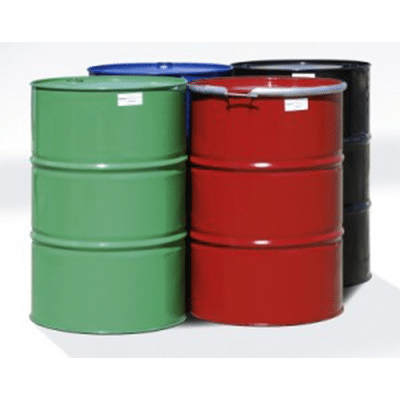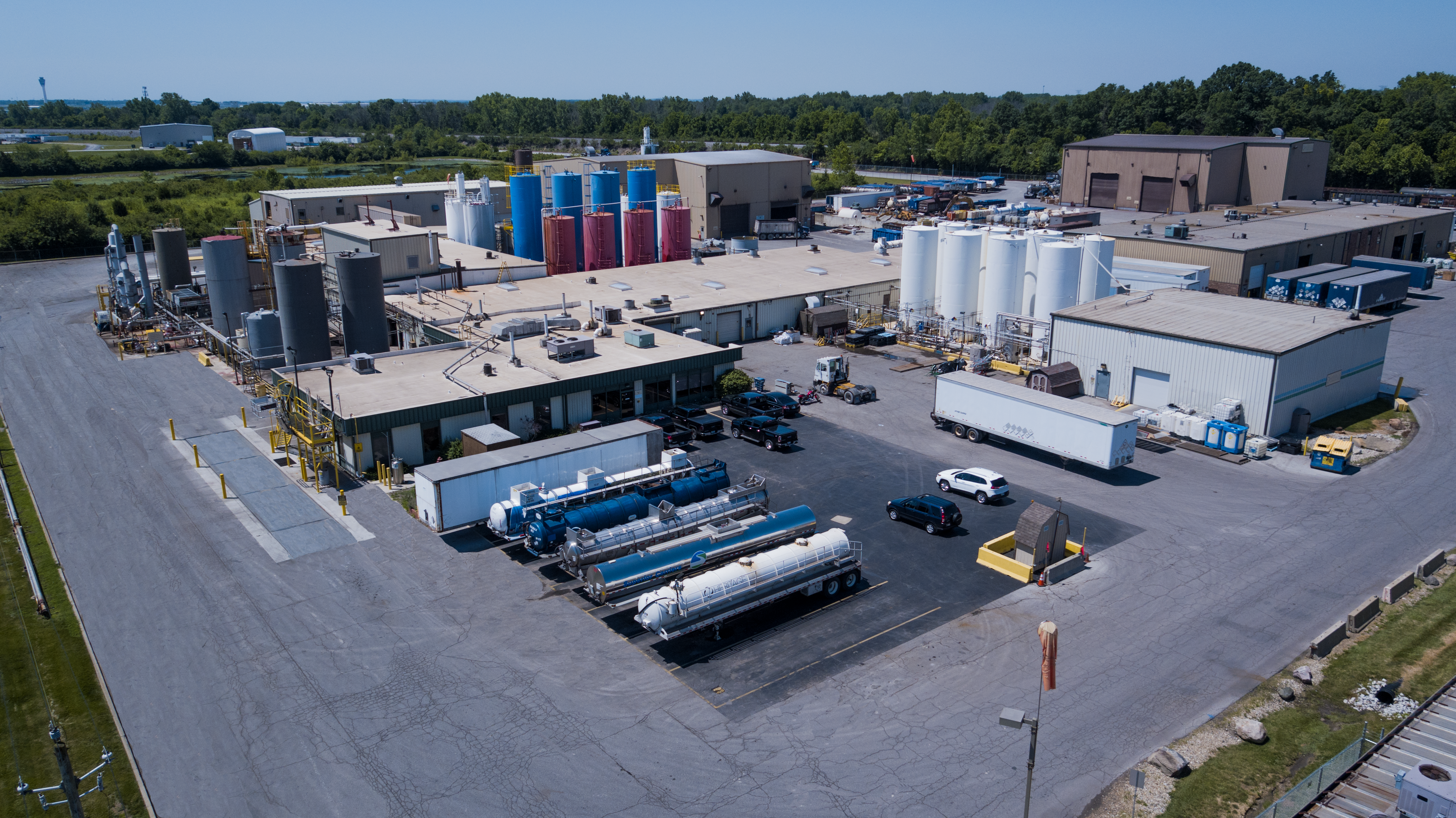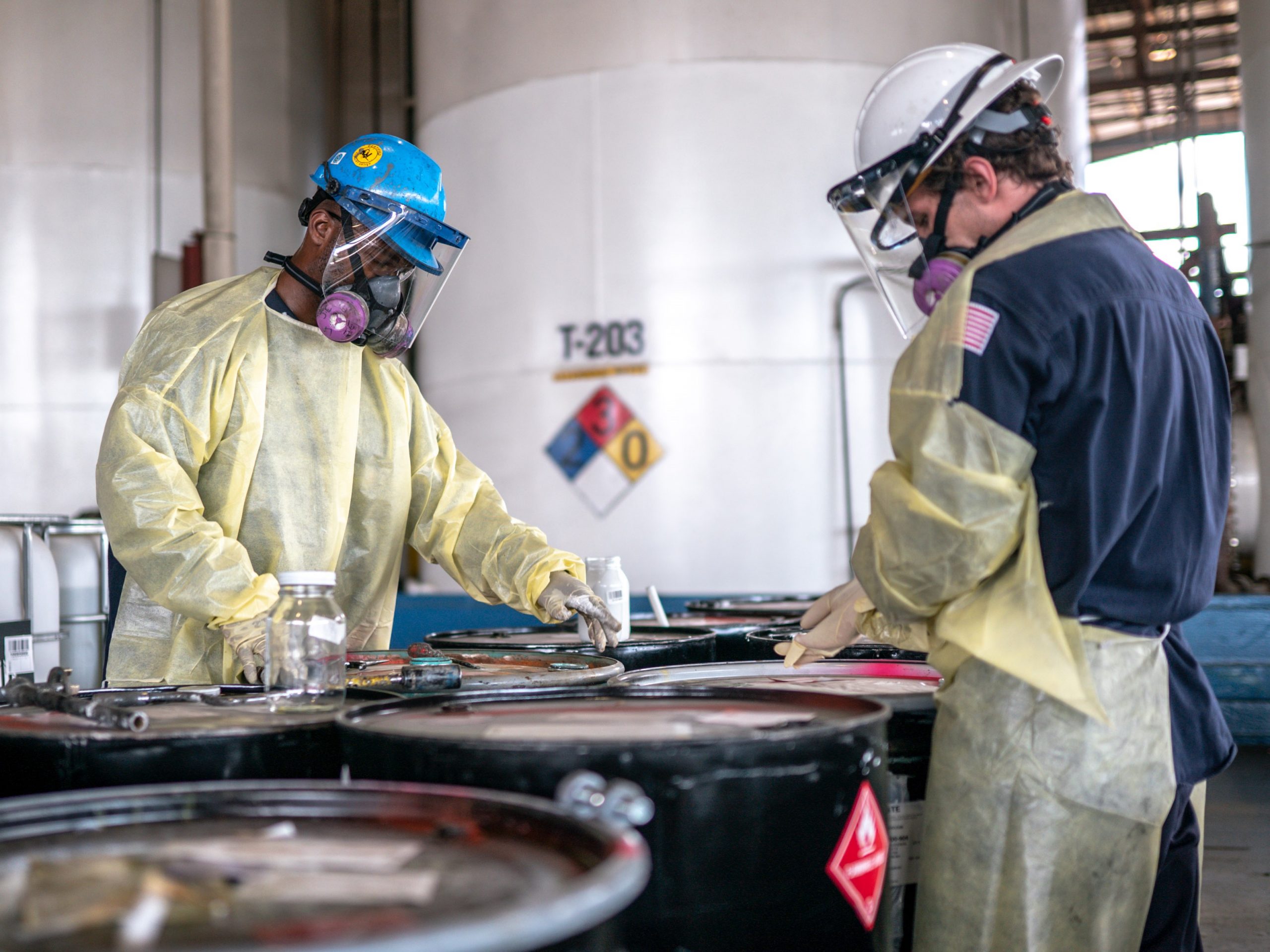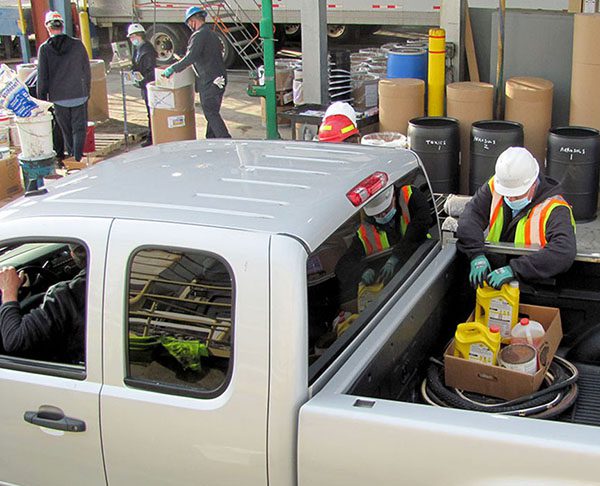
The cornerstone of a successful hazardous waste management system is the proper identification of hazardous wastes. RCRA regulations at 40 CFR 262.11 require that any person who produces or generates a waste must determine if that waste is hazardous. 262.11 also provides four steps for generators to utilize in the process of hazardous waste identification. These are:
- Is the waste a “solid waste”?
- Is the waste specifically excluded from the RCRA regulations?
- Is the waste a “listed” hazardous waste?
- Does the waste exhibit a characteristic of hazardous waste?
So, in order to properly identify hazardous waste, it stands to reason that we should work our way through those four points.
Is the waste a “solid waste”?
As with many things, the first step in hazardous waste identification is pretty intuitive. We must first determine if the material is a waste. After all, if it is not a waste it can’t be a hazardous waste. That said, determining whether or not something is a waste can get tricky. Take glass bottles for example, one person could see them as something to discard while another may see them as valuable due to their ability to be recycled.
Because of this ambiguity, the EPA developed a set of regulations to assist in determining whether or not a material is a waste. RCRA uses the term “solid waste” in place of “waste. Under RCRA, the term “solid waste” means any waste, whether it is a solid, semisolid, or liquid. The first section of the RCRA hazardous waste identification regulations focuses on the definition of solid waste and is a good place to look if you are confused about this step.
Is the waste excluded?
While solid wastes are rather abundant, just a small percentage of them qualify as hazardous wastes. You might think that distinguishing between hazardous and nonhazardous wastes is a simple matter of chemical and toxicological analysis. This, however, is not the case. We must first consider other factors before evaluating the hazard posed by the chemical composition of a waste.
Due to the fact that regulating some wastes may be impractical, unfair, or otherwise undesirable, the EPA has created exclusions. Household waste, for example, can contain dangerous chemicals, like solvents and pesticides, but making households subject to the strict RCRA waste management regulations would create a number of practical problems. Congress and EPA exempted or excluded certain wastes, like household wastes, from the hazardous waste definition and regulations.
Determining whether or not a waste is excluded or exempted from hazardous waste regulation is the second step in the RCRA hazardous waste identification process. Only after determining that a solid waste is not somehow excluded from hazardous waste regulation should the analysis proceed to evaluate the actual chemical hazard that a waste poses. Check 40 CFR to see if the waste you generate is excluded for any reason.
Is the waste a “listed” hazardous waste?
The EPA has studied hundreds of different waste streams and listed the wastes accordingly. Listed wastes are described or listed on four different lists that can be found at 40 CFR 261, Subpart D. These four lists are:
- The F list — The F list designates particular solid wastes from certain common industrial or manufacturing processes as hazardous. Because the processes producing these wastes can occur in different sectors of industry, the F list wastes are known as wastes from nonspecific sources. The F list is codified in the regulations at §261.31.
- The K list — The K list designates particular solid wastes from certain specific industries as hazardous. K list wastes are known as wastes from specific sources. The K list is found at §261.32.
- The P list and the U list — These two lists are similar in that both list pure or commercial grade formulations of certain specific unused chemicals as hazardous. Both the P list and U list are codified in §261.33.
The third step in hazardous waste identification is determining which (if any) of these lists your waste belongs on.
Does the waste exhibit a characteristic of hazardous waste?
We’ve talked about the characteristics of hazardous waste before. There are four different characteristics; ignitability, corrosivity, reactivity, and toxicity. If you need a refresher on the definitions of these characteristics check out our “Characteristics of Hazardous Waste,” post or our infographic depicting them.
The final step in the hazardous waste identification process is determining if your waste displays any of the four hazardous waste characteristics.
More News From Heritage
-
Published Articles 8/2/22
How Safety, Maintenance, and Reliability Are Intertwined
VP of Health and Safety Jim Mangas discusses the importance of plant safety, maintenance, and reliability (featured in BIC Magazine July/Aug '22)
-
Blogs 7/28/22
Spotlighting Our Environmental Interns
Highlighting some of the wonderful interns we have at Heritage this year!
-
Blogs 7/11/22
Turning Hazardous Waste into an Alternative Fuel
In this blog we walk you through the process of fuel blending, where we can turn hazardous waste materials into a viable alternative fuel source.
-
Community News 6/15/22
2022 Habitat for Humanity Build
Our 12th annual Habitat for Humanity Build
-
Blogs 4/13/22
After Hurricane Ida, Our Port Fourchon Office Rebuilds
On August 28th, 2021, the Louisiana coast was battered by Hurricane Ida. This included our Port Fourchon Service Center, where the devastating hurrica
-
Community News 4/7/22
Heritage readies for Earth Day HHW collection in East Liverpool
Heritage Thermal Services is pleased to announce that its collection of household hazardous wastes for the East Liverpool area returns for 2022.
-
Published Articles 4/2/22
The Impact of Changing Conditions
VP of Health and Safety Jim Mangas discusses preparedness for unexpected conditions during a project. (featured in BIC Magazine March/April '22)
-
Blogs 3/11/22
International Women’s Week Spotlight – Rachel McGrogan
Rachel McGrogan speaks about her time as a Lab Chemist at Heritage.








